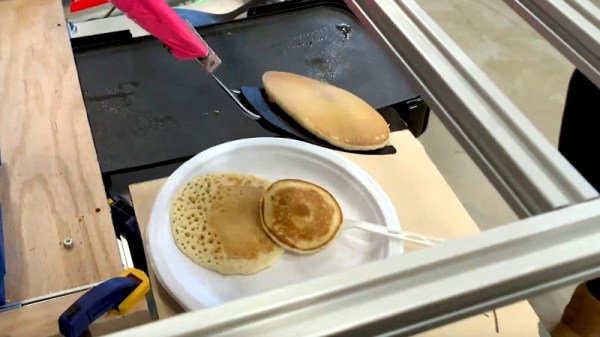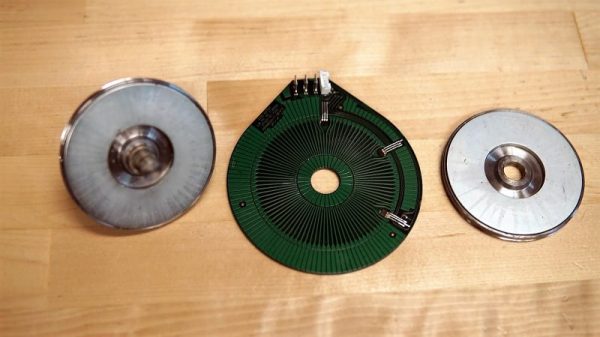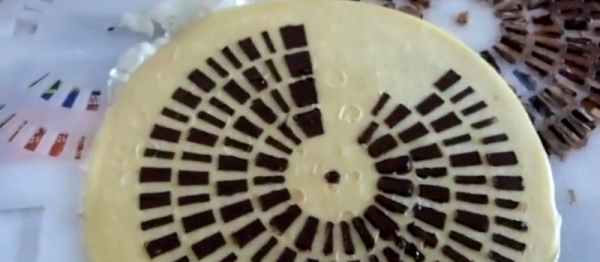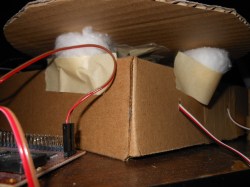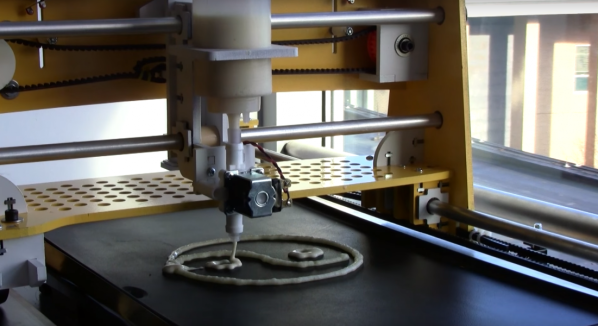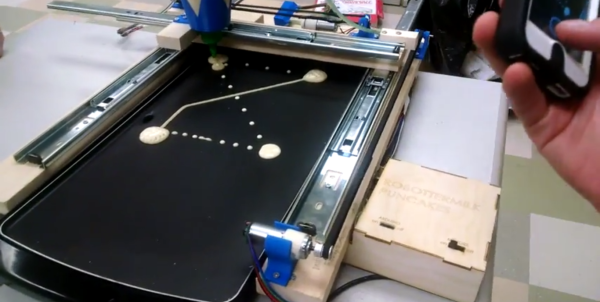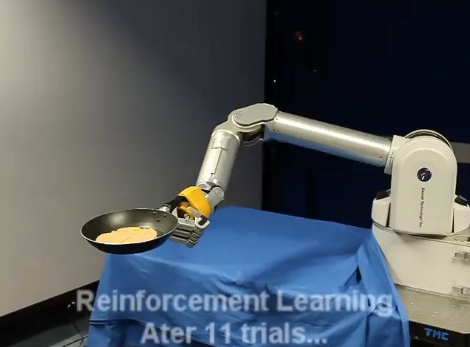We have a weakness for automated pancake machines here at Hackaday, but in terms of complete pancake machines rather than CNC batter printers we’re surprised to see more from the rest of the world than we do from the USA. Perhaps this has something to do with differences in opinion on what constitutes a pancake, whether the moniker should be applied to a large and thin disk of cooked batter, or to a smaller, thicker, and fluffier variety. For Europeans only the former will do, while for Americans anything but the latter is simply crêpe. To restore American honour in the world of automated pancakes then, a team of students from Kennesaw State University in Georgia, USA, have built a pancake vending machine for fluffy American-style pancakes as part of their coursework.
Sadly for the team the COVID-19 pandemic put a stop to their lab work and stopped them making a fully functional vending machine, but the important part of robotic pancake making is something they’ve completely nailed. In the video below the break we see them testing various batter mixes before developing their mixer and batter delivery system, and finally a robotic flipper that cooks the pancakes on a griddle and delivers them to a plate. It also has the unexpected benefit of stacking pancakes.
We’re sure that without the pandemic they would have made a fully-functional vending machine for lucky Georgia students to sate their appetites upon. Meanwhile for pancake-crazy readers, here are complete pancake making machines from South Africa, and from France.
Continue reading “Automated Pancake Making For Devotees Of Fluffy Pancakes”

